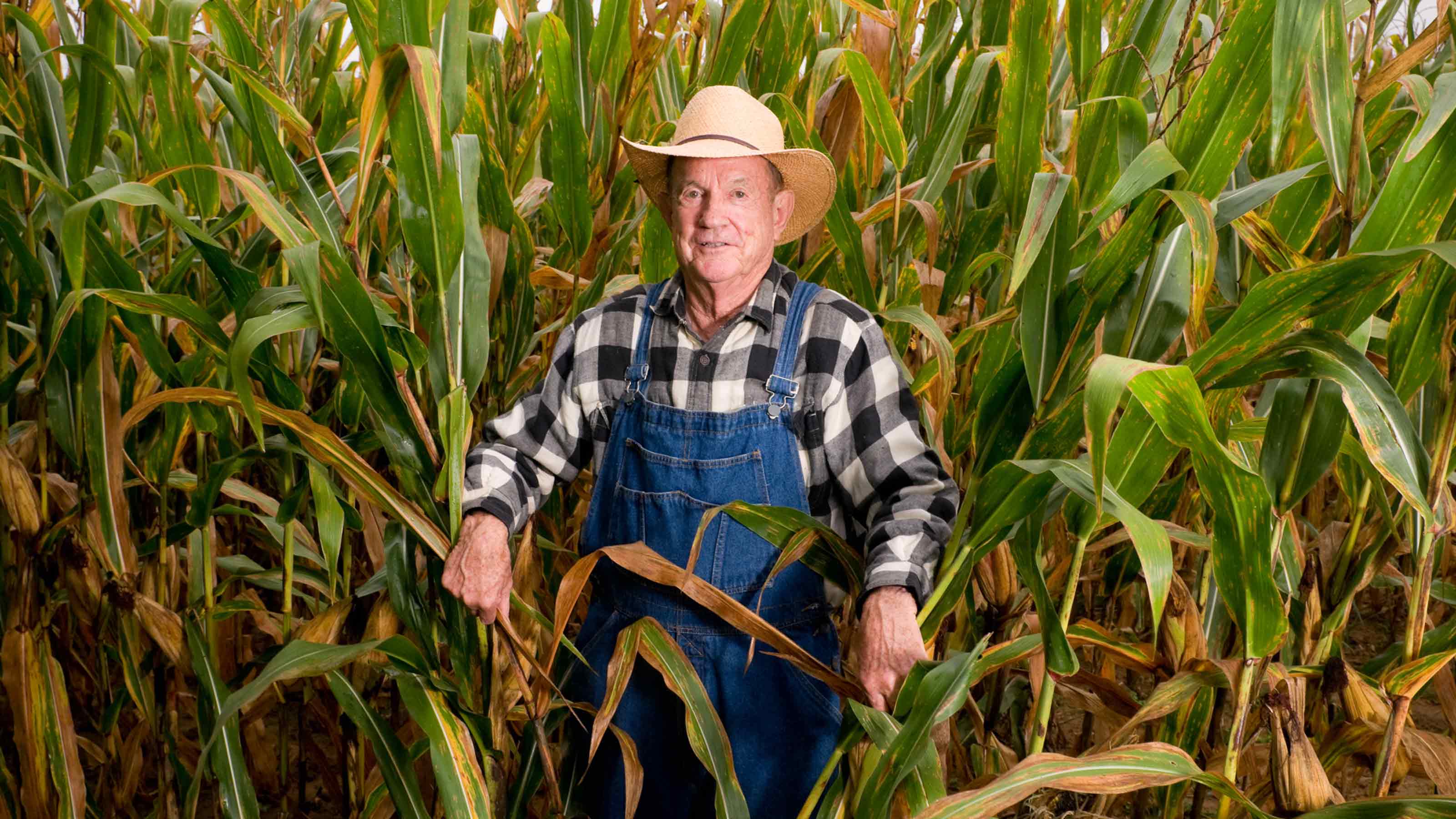
The fortunes of the agricultural sector have a major impact on the prices we pay for essential goods and therefore the wider economy. So to help you make better investment and other financial decisions we will keep you in the loop on major developments in this market (Get a free issue of The Kiplinger Letter or subscribe). You will get them first by subscribing, but we will publish many (but not all) of the forecasts a few days afterward online. Here’s the latest…
Major farm input and crop prices will be lower this year than in 2022. Fertilizer prices, for example, are down nearly 60% from last year’s peak and are now only 36% above where they were during the same period in 2019.
Prices of natural gas, a key raw material, as well as fuel, used in the production of fertilizer, have also come down. Meanwhile, supply disruptions stemming from the conflict in Ukraine have eased as output ramps up elsewhere.
Corn and soybean prices will be closer to their long-run averages, due in part to robust production. U.S. corn output may even reach record levels.
But the weather will be an even bigger wild card than usual this year, thanks to the possible impacts of a strong El Niño. The climate pattern can result in drier or wetter conditions than farmers want, depending on the severity and the part of the world affected.
Traders are already bracing for a hit to global sugar production, which has sent prices to an 11-year high. In the U.S., El Niño often results in more precipitation in the South and hotter, drier weather in the Great Plains, parts of which are already grappling with severe drought.
This forecast first appeared in The Kiplinger Letter. Since 1923, the Letter has helped millions of business executives and investors profit by providing reliable forecasts on business and the economy, as well as what to expect from Washington. Get a free issue of The Kiplinger Letter or subscribe.







